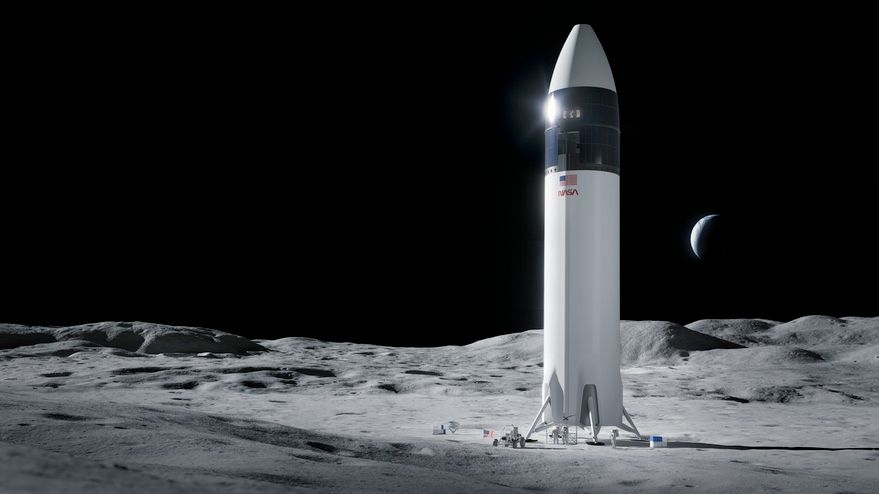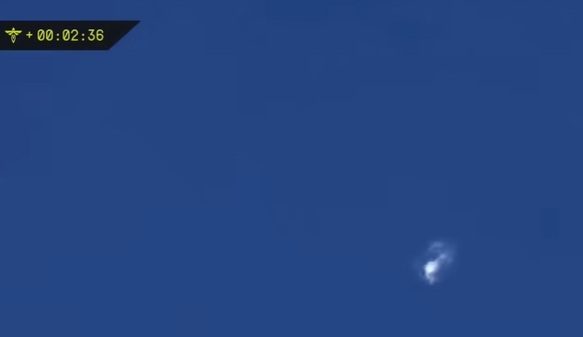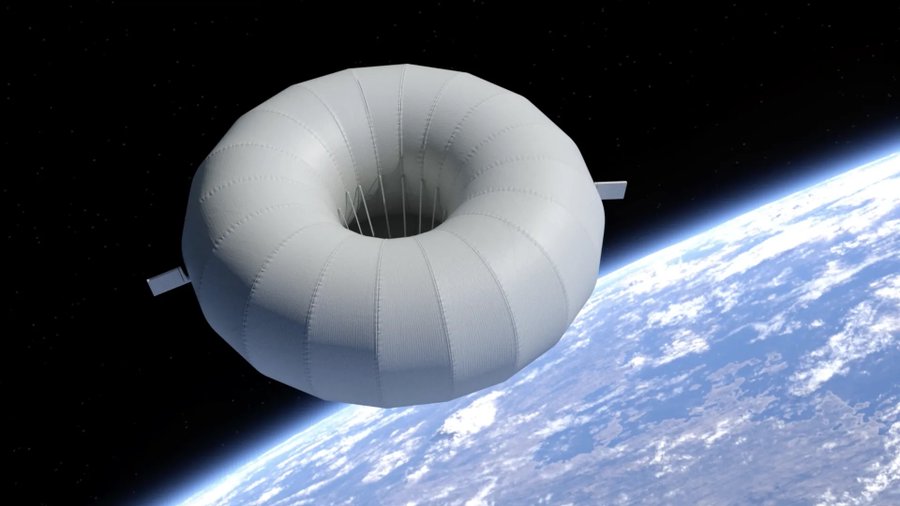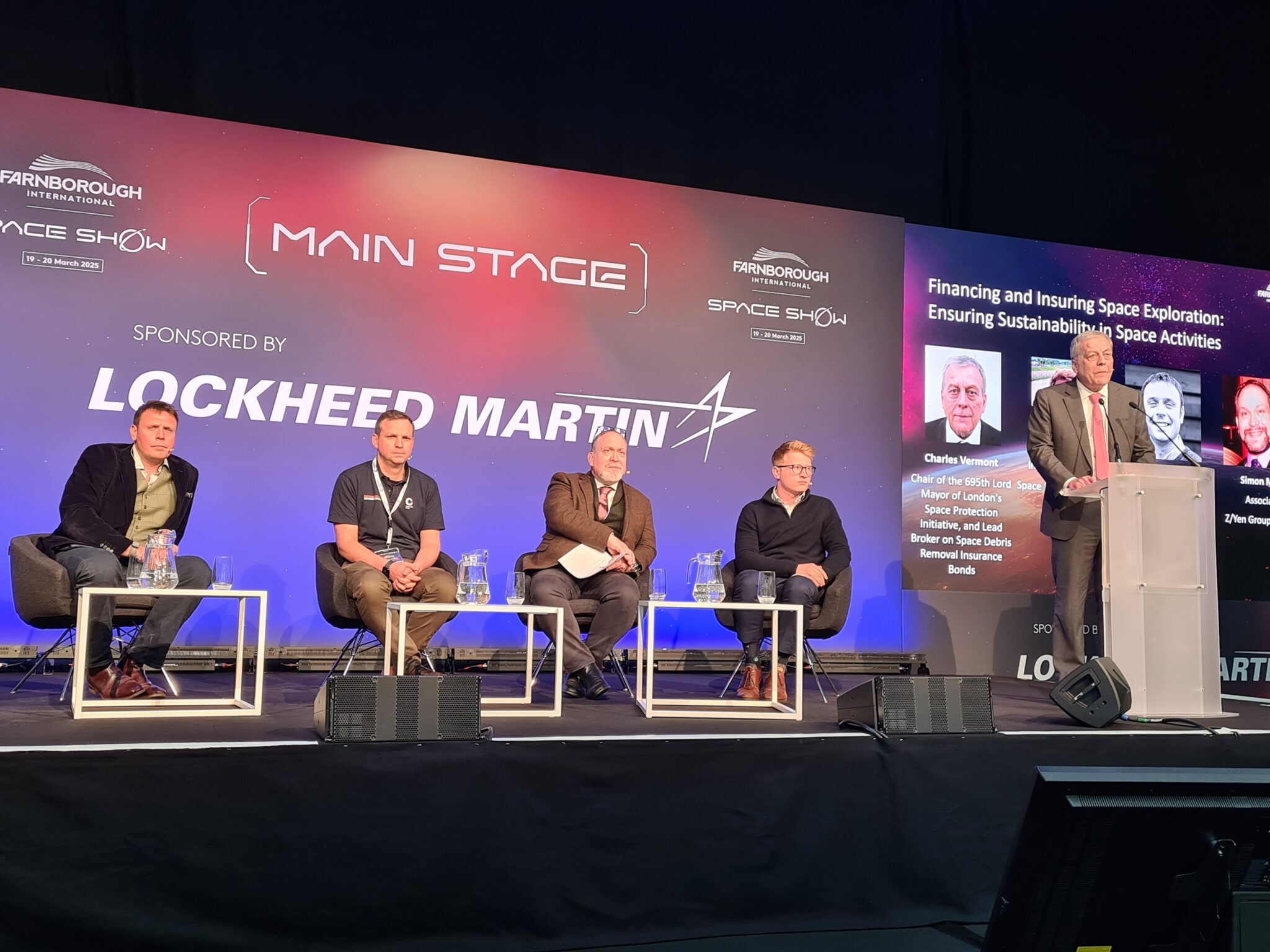India became only the fourth “nation” (after Soviet Union/Russia, USA and Japan) to send a probe to Mars using its own rocket, and the first to achieve this feat successfully on the first attempt. After making a 24 minute engine firing to brake its velocity, India’s Mars Orbiter Mission (MOM) spacecraft was confirmed as having entered orbit around the planet Mars at 0230 GMT on 24 September 2014.
Ground engineers monitoring the spacecraft’s telemetry at the Indian Space Research Organisation’s (ISRO) control room, in Bangalore, broke into applause. India’s Prime Minister, Narendra Modi, then formally declared to the world that “India has successfully reached Mars.”
He later joked that the mission was a success due to its shortened name. “The day the mission was named MoM, I knew it would succeed because a mother never disappoints.” Prime Minister Modi said.
There is reportedly much national pride in India over this event, not least because the nation has beaten its main regional competitor, China, to the planet. China has instead mainly concentrated on mounting manned missions to low Earth orbit and unmanned missions to the Moon, although it did have a small scientific Mars spacecraft called Yinghuo-1 intent on “cadging a lift” to the planet with Russia’s Phobos-Grunt mission. Unfortunately that mission ended in disaster when the transfer orbit injection burn of Phobos-Grunt’s integral Fregat propulsion system failed to work properly. The Phobos-Grunt spacecraft and its Chinese Yinghuo-1 hitchhiker were subsequently destroyed when they re-entered Earth’s atmosphere together.
India’s MOM mission was also a wake-up call to Western nations because India has managed to achieve such a flight with so little funding. At only US$74 million, the cost is less than a quarter of what would have been spent on an equivalent NASA or ESA mission. For example, NASA’s MAVEN mission, which has just reached Mars and for which MOM’s scientific data will complement, while admittedly a much more advanced mission, has cost nearly 10 times as much as MOM at US$671 million.
The fact that India is mounting such advanced missions has caused some international disquiet. The original announcement of the Mars Orbiter Mission, and that India was planning manned space missions, resulted in calls for Western nations to cut economic aid to India on the grounds that such missions did not help the poorer sections of its population.
The Mars Orbiter Mission spacecraft, nicknamed Mangalyaan (meaning Mars Craft in Sanskrit), was launched by an Indian PSLV-XL rocket on 5 November 2013. The mission had an inauspicious start after a faulty orbit raising manoeuvre on 10 November 2013 threatened to strand the craft. However, an extra manoeuvre was added to the schedule and a low energy “Hohmann Transfer” interplanetary trajectory was eventually entered into at the end of November 2013. The subsequent passage to Mars, a distance of 661 million km (411 million miles), took nearly 10 months.
The MOM spacecraft, which was manufactured by ISRO using a modified version of its I-1K (I-1000) bus communications satellite design, weighed in at 1,350kg at launch. Most of this mass was fuel, however, as the dry mass of the spacecraft is only 488kg.
The MOM spacecraft will now lower its orbit to allow the spacecraft to carry out scientific observation of the planet. The craft is carrying five scientific and experimental payloads, including the Methane Sensor for Mars (MSM) to measure methane levels in the Martian atmosphere, and a Thermal Infrared Spectrometer used to map the surface composition of Mars. In addition, the spacecraft is carry the Mars Colour Camera (MCC) and Probe for Infrared Spectroscopy for Mars (PRISM), the Lyman-alpha photometer to measure atomic hydrogen in the Martian atmosphere and the Mars Exospheric Neutral Composition Analyser (MENCA).
Comment by David Todd: In addition to all the other international congratulations, we at Seradata would like to give our own. It is a great achievement for India and ISRO – well done! As a member of the British Interplanetary Society, it just makes this writer envious that the UK has not managed similar.







